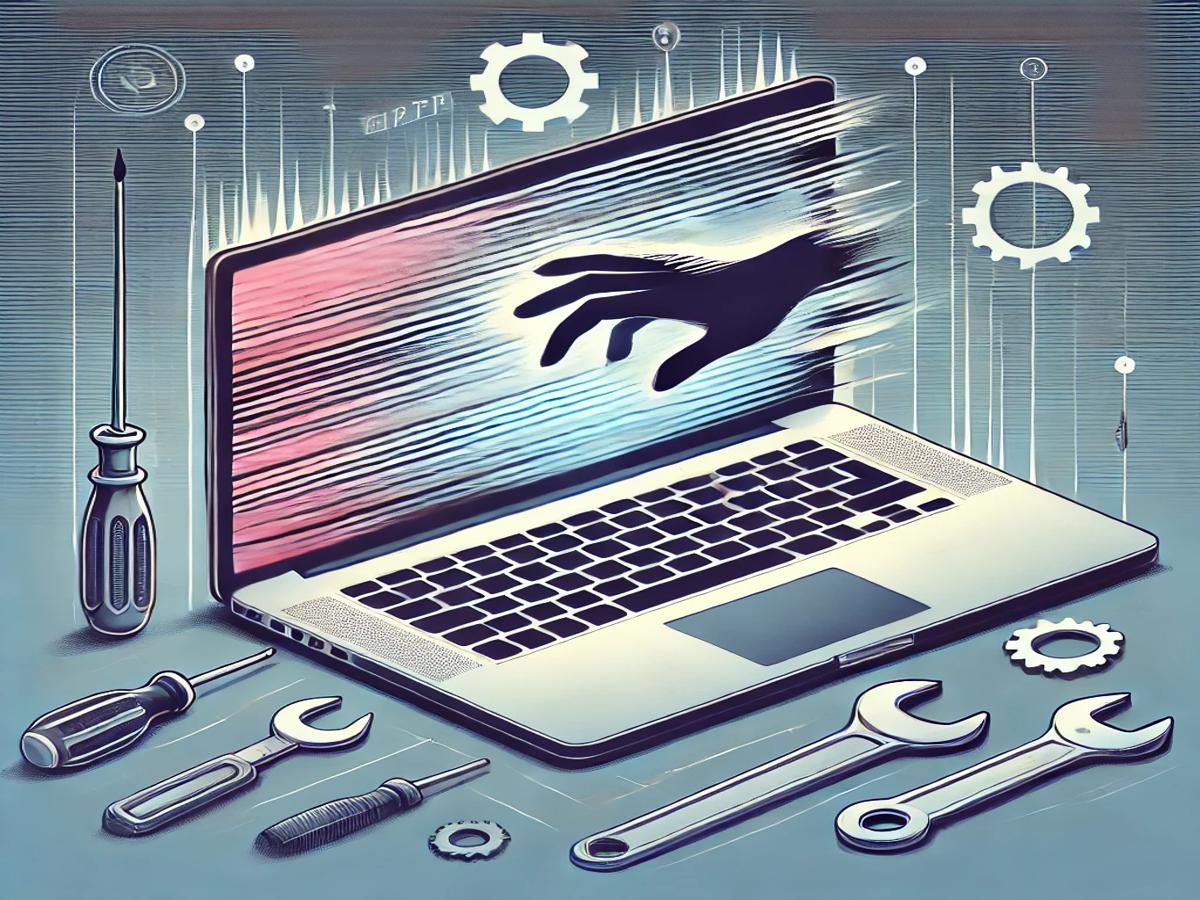Imagine you’re in the middle of an important project, and suddenly your laptop screen starts flickering like a strobe light. Frustrating, right? Screen flickering isn’t just annoying; it can strain your eyes and disrupt productivity. Whether it’s a minor glitch or a sign of deeper issues, understanding the problem and acting quickly can save you time and money. Let’s explore what causes screen flickering and how to fix it effectively.
Understanding the Causes of Screen Flickering
Hardware Issues
One of the most common culprits behind screen flickering is hardware malfunction. Loose or damaged cables connecting the display to the motherboard can cause irregular screen behavior. Additionally, physical damage to the screen itself, such as cracks or water exposure, can lead to persistent flickering.
Software Problems
Sometimes, the issue lies within the software. Outdated or corrupted display drivers often interfere with the smooth functioning of your screen. Similarly, bugs in the operating system or conflicts between software programs can trigger flickering.
External Factors
Surprisingly, external elements like unstable power sources or electromagnetic interference can also contribute. For instance, using a low-quality power adapter or working near devices that emit strong electromagnetic fields (like large speakers) might destabilize your screen.
How to Diagnose Laptop Screen Flickering
Pinpointing the exact cause of screen flickering requires systematic diagnosis.
Check for Pattern Consistency
Observe whether the flickering occurs consistently or sporadically. Continuous flickering often points to hardware issues, while intermittent behavior may be software-related.
Connect to an External Display
Using an HDMI or VGA cable, connect your laptop to an external monitor. If the external screen works fine, the problem likely lies with your laptop’s display hardware. If the flickering persists, it might be related to the graphics card or driver.
Boot in Safe Mode
Safe Mode limits your laptop to essential drivers and software. If the flickering stops in this mode, a third-party application or recently installed driver could be the root cause.
Step-by-Step Solutions for Fixing Screen Flickering
1. Update or Roll Back Display Drivers
Drivers act as the bridge between your operating system and hardware. Outdated or incompatible drivers often lead to screen instability. To fix this:
- Press
Windows + Xand select Device Manager. - Expand the Display Adapters section.
- Right-click your graphics driver and choose Update Driver.
- If updating doesn’t help, roll back to a previous version by selecting Properties > Driver > Roll Back Driver.
2. Adjust Refresh Rate
The refresh rate determines how many times per second your screen updates. Incorrect settings can cause flickering.
- Right-click on the desktop and select Display Settings.
- Scroll down and click Advanced Display Settings.
- Choose the appropriate refresh rate under Display Adapter Properties.
3. Inspect Physical Connections
Sometimes, flickering results from loose or damaged connections between the display panel and the motherboard. Carefully open your laptop (if you’re comfortable) and ensure all cables are snug and intact.
4. Update Operating System
Software updates often include patches for known bugs, including screen issues. Check for updates by navigating to:
- Windows:
Settings > Update & Security > Windows Update. - MacOS:
System Preferences > Software Update.
Advanced Troubleshooting for Persistent Issues
If basic fixes don’t work, consider these advanced steps.
1. Run Hardware Diagnostic Tools
Most laptops come with built-in diagnostic utilities. For Windows, press F2 or F12 during startup to access the diagnostics menu. On a Mac, hold D while booting up.
2. Test for External Interference
Place your laptop in a different location to rule out environmental factors. Avoid using it near devices like cordless phones, microwaves, or old CRT monitors, as they can emit disruptive electromagnetic waves.
3. Replace Faulty Hardware
If diagnostics reveal hardware failure, you may need to replace the screen or graphics card. Signs of hardware failure include visible damage, severe lag, or persistent flickering even after reinstalling software.
Preventing Screen Flickering in the Future
Prevention is always better than cure. To avoid future issues:
- Update Regularly: Keep your OS and drivers up-to-date.
- Handle Carefully: Avoid dropping or pressing hard on the screen.
- Use High-Quality Accessories: Invest in certified power adapters and peripherals.
When to Seek Professional Help
If you’ve tried everything and the flickering persists, it’s time to call in the pros. Look for certified technicians or authorized service centers for your laptop brand. Attempting complex repairs without expertise can worsen the problem.
Conclusion
Laptop screen flickering can feel like a nightmare, but most issues are fixable with a bit of effort and patience. Whether it’s updating drivers, securing cables, or replacing faulty hardware, addressing the problem promptly can restore your display to its former glory. Don’t let a flickering screen derail your workflow—take action today!
FAQs
1. What are the main reasons for laptop screen flickering?
Common causes include outdated drivers, loose connections, hardware damage, or electromagnetic interference.
2. Can screen flickering damage my laptop in the long term?
Prolonged flickering can strain internal components and lead to permanent damage if ignored.
3. How much does it cost to repair a flickering screen?
Costs vary, but screen repairs typically range from $100 to $300, depending on the model and extent of damage.
4. Can viruses cause screen flickering?
Yes, malware can disrupt system processes, leading to flickering. Run a virus scan to rule out this possibility.
5. Is screen flickering common in older laptops?
Yes, aging hardware and outdated drivers make older laptops more prone to flickering issues.
















